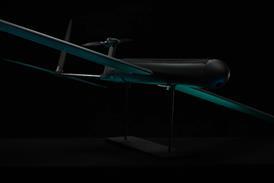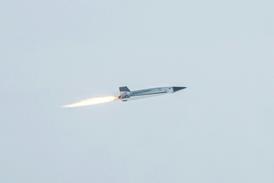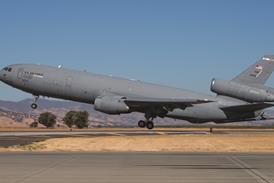Our special report this week highlights the fraught nature of the relationship between aviation and the planet: flying is not environmentally friendly, and there is no easy way around that. It is difficult to avoid the conclusion, then, that new thinking is needed.
Between the public and private sectors, Europe is spending some €350 million ($380 million) a year over 16 years in a co-ordinated bid to develop cleaner, quieter aircraft technologies. The Clean Sky programme is mirrored by US efforts led by NASA, so no small amount of money and brain power is being deployed to counter the environmental impact of aviation growth.
But the idea that technology will resolve the fundamental conflict between the sustained growth of such an energy-intensive activity, and environmental sustainability, is a utopian dream, if not delusional.
Airliners today are highly optimised. Performance can only be improved marginally, and always with trade-offs – some of which would be unbearably expensive. The really big improvement possibility, open-rotor engines, remains a dream that, like nuclear fusion, may forever be 30 years of R&D away.
It is also doubtful just how determined the aerospace industry is about taking on the expense of developing – and implementing – revolutionary technologies. New generation engines, say, are only attractive to their customers – airlines – because they burn less fuel and thus save money. That attraction is tempered by the large investment needed to refleet, and fluctuates with the price of fuel; cutting greenhouse gas emissions or reducing NOx pollution at airports are, at best, side benefits.
Airlines, of course, are businesses. Their business models lie along an economy-to-premium service spectrum, but all share the same objective: to make money. Which models are most profitable is another question, but the perhaps obvious finding that an airline business built around high seating density emits much less pollution per passenger than one built around space-hungry premium seating suggests a way to connect operations and environmental protection.
Many airlines already offer their passengers, at ticketing, an option to pay a few dollars to plant a tree and offset the carbon impact of their flight. It is a nice idea, but a token gesture.
But offsetting can be effective. The aviation industry could earn much public relations credit, and make real headway toward sustainable growth, if its companies created an independent offsetting body and funded it by a generous levy on operations.
Source: Flight International





























